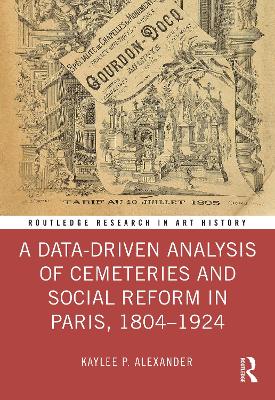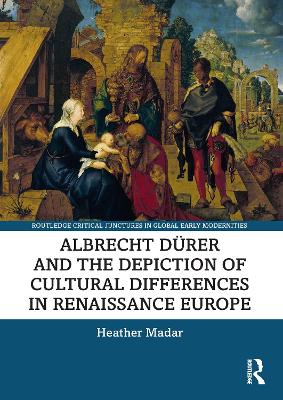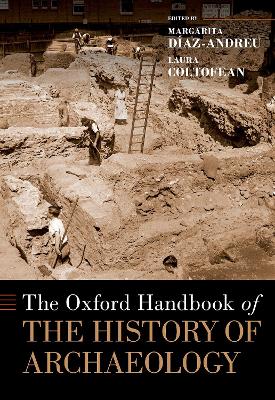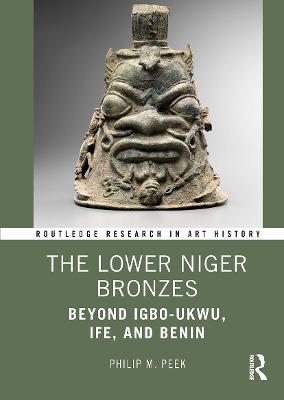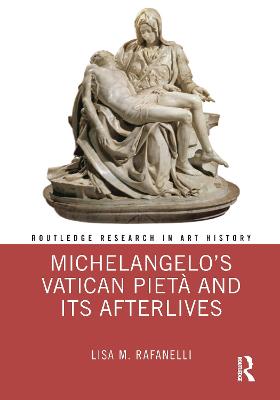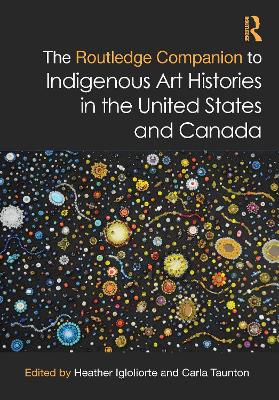Materiality of Terracotta Sculpture in Early Modern Europe
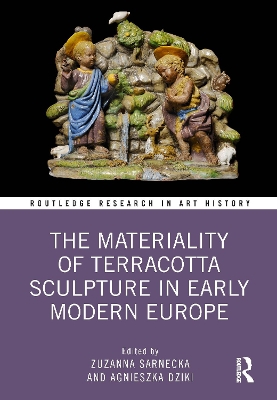 portes grátis
portes grátis
Materiality of Terracotta Sculpture in Early Modern Europe
Dziki, Agnieszka; Sarnecka, Zuzanna
Taylor & Francis Ltd
12/2024
276
Mole
9781032355757
Pré-lançamento - envio 15 a 20 dias após a sua edição
Descrição não disponível.
Introduction: Materiality, Scale, and Status of Early Modern Terracotta Part I: Material Migrations 1. Materiality as Incentive to Stylistic Innovation in Earthenware from Bergen op Zoom (15th-16th century) 2. Making a Virtue out of a Necessity: Lorenzo Mercadante's Use of Terracotta in Seville Cathedral 3. Episodes of the Arts of Fire in Portugal during the Renaissance Part II: Terracotta and Design 4. Hans Reichle's Contribution to the Practice of Terracotta Sculpture in Tyrol 5. Luca della Robbia's Labors in Terracotta 6. Clay Models in Verrocchio's Workshop 7. The Primacy of Terracotta. Sculptures for Painting in Sixteenth-Century Renaissance Florence Part III: Mimetic Ventures 8. Glazed Ornament between Architecture and Altarpieces: Luca and Andrea della Robbia in Impruneta and Pescia 9. The Transformation of Della Robbia Garland Frames: From Luca through Giovanni's Antinori Resurrection 10. Face, Surface, Interface. Some Observations on Polychrome Florentine Terracotta Busts 11. Antonio Begarelli and Small-Scale Terracotta Sculpture Part IV: Contexts and Values 12. Della Robbia Sculptures for Florentine Renaissance Convents 13. "Ut firmetur quod formatum est" Augustinian Terracottas, and a Note on Two Sculptures from the Budapest Museum of Fine Arts 14. The Papal Clay: Firing Terracotta Sculptures in Sixteenth-Century Rome 15. Exceeding Expectations: Antonio Begarelli, His Female Patrons, and the Misunderstood Materialities of White Terracotta 16. Conversation on the Terracotta Sculpture in the Renaissance: Recollections, Reflections and Proposals
Este título pertence ao(s) assunto(s) indicados(s). Para ver outros títulos clique no assunto desejado.
ceramic;clay;sculpture;Portugal;Spain;Italy;Germany;Netherlands;Luca della Robbia;Andrea del Verrocchio;Filipe Hodart;Hans Reichle;Renaissance;earthenware;artisans;artists;fine art;material culture;Seville;cathedral;Sevilla;Tyrol;workshop;painting;Florence;architecture;altarpiece;polychrome;convent;religion;Christianity;Budapest
Introduction: Materiality, Scale, and Status of Early Modern Terracotta Part I: Material Migrations 1. Materiality as Incentive to Stylistic Innovation in Earthenware from Bergen op Zoom (15th-16th century) 2. Making a Virtue out of a Necessity: Lorenzo Mercadante's Use of Terracotta in Seville Cathedral 3. Episodes of the Arts of Fire in Portugal during the Renaissance Part II: Terracotta and Design 4. Hans Reichle's Contribution to the Practice of Terracotta Sculpture in Tyrol 5. Luca della Robbia's Labors in Terracotta 6. Clay Models in Verrocchio's Workshop 7. The Primacy of Terracotta. Sculptures for Painting in Sixteenth-Century Renaissance Florence Part III: Mimetic Ventures 8. Glazed Ornament between Architecture and Altarpieces: Luca and Andrea della Robbia in Impruneta and Pescia 9. The Transformation of Della Robbia Garland Frames: From Luca through Giovanni's Antinori Resurrection 10. Face, Surface, Interface. Some Observations on Polychrome Florentine Terracotta Busts 11. Antonio Begarelli and Small-Scale Terracotta Sculpture Part IV: Contexts and Values 12. Della Robbia Sculptures for Florentine Renaissance Convents 13. "Ut firmetur quod formatum est" Augustinian Terracottas, and a Note on Two Sculptures from the Budapest Museum of Fine Arts 14. The Papal Clay: Firing Terracotta Sculptures in Sixteenth-Century Rome 15. Exceeding Expectations: Antonio Begarelli, His Female Patrons, and the Misunderstood Materialities of White Terracotta 16. Conversation on the Terracotta Sculpture in the Renaissance: Recollections, Reflections and Proposals
Este título pertence ao(s) assunto(s) indicados(s). Para ver outros títulos clique no assunto desejado.
ceramic;clay;sculpture;Portugal;Spain;Italy;Germany;Netherlands;Luca della Robbia;Andrea del Verrocchio;Filipe Hodart;Hans Reichle;Renaissance;earthenware;artisans;artists;fine art;material culture;Seville;cathedral;Sevilla;Tyrol;workshop;painting;Florence;architecture;altarpiece;polychrome;convent;religion;Christianity;Budapest

